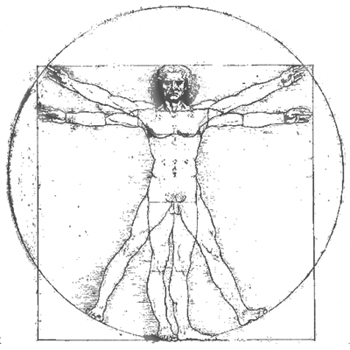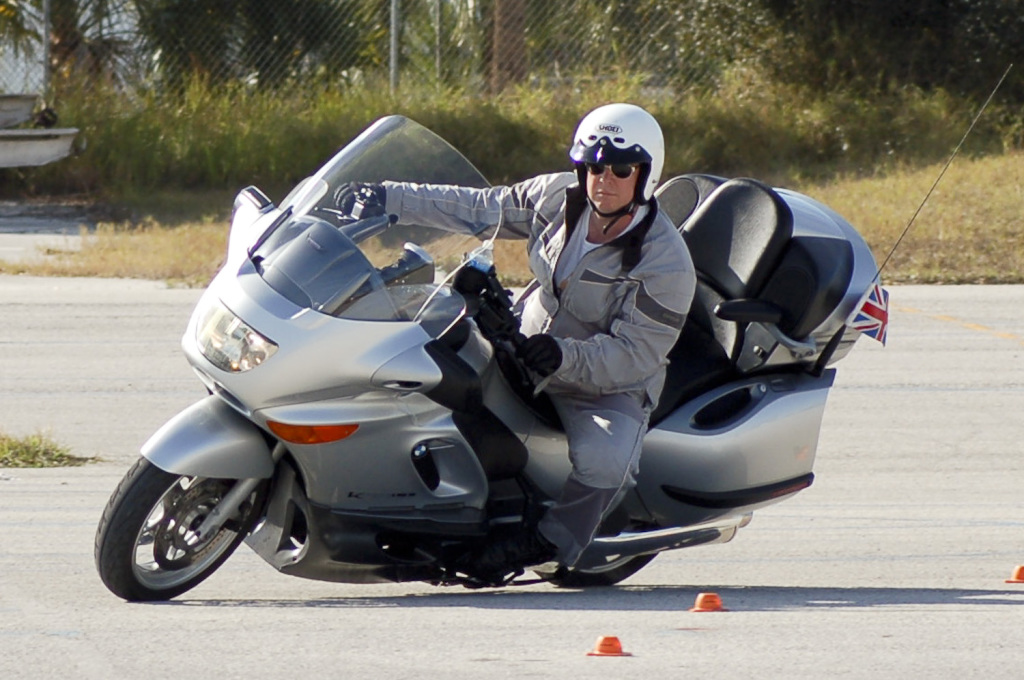Biomechanics (1899) is derived from the Ancient Greek bios “life” and mēchanikē “mechanics”, to refer to the study of the mechanical principles of living organisms, particularly their movement and structure. The earliest known reference to the study of biomechanics dates back to Aristotle (384– 322 BC), who published ‘De Motu Animalium’ (On the Motion of Animals), in which he presented the mechanical concept ‘Ground Action Force’ as a starting point to deliberate where movement comes from.
The science of biomechanics has come a long way since the days of Aristotle. Contemporary biomechanics involves the application of Newtonian mechanics to determine physical capabilities and limitations of the human body. Trauma biomechanics examines whether mechanical forces acting on and within the human body may be sufficient to cause injury. The science of biomechanics is highly accepted by the courts for the purpose of explaining the mechanical causation of injuries.
Biomechanists posses advanced knowledge of human anatomy, mathematics and physics. We use this knowledge to study failure thresholds of human tissue, bone, ligaments, blood vessels, etc. When applying this knowledge to litigation, a biomechanist will perform a reconstruction to determine the forces acting on the plaintiff during the claimed injury-causing event and relate those forces to thresholds of injury. Biomechanists and Medical Doctors serve complementary roles in the medico-legal system. However a biomechanist is uniquely qualified, based on education, training and experience, to determine injury causation.
The methods that I use in my biomechanical evaluations are similar to methods that have been employed by other researchers and are generally accepted by experts in my field. Such methods have been validated and published in peer-reviewed scientific journals.
Expert in Injury Biomechanics
Dr. John Lloyd has served as a biomechanics expert for both defense and plaintiff’s counsel on hundreds of cases throughout the United States involving automobile collisions, motorcycle accidents, trucking crash as well as slips trips and falls. Dr. Lloyd is available to travel to investigate the causes of such cases. Based on his doctorate in ergonomics with a specialization in biomechanics, Dr. Lloyd can assess whether the claimed injuries meet or exceed known biomechanical thresholds of injury.
Please call Dr. Lloyd at 813-624-8986 or email DrJohnLloyd@Tampabay.RR.com to discuss how he can be of assistance with your case.

 Dr. Lloyd has completed numerous advanced programs, including Motorcycle Safety Foundation (MSF), Experienced Rider Course and Total Rider Tech Advanced training.
Dr. Lloyd has completed numerous advanced programs, including Motorcycle Safety Foundation (MSF), Experienced Rider Course and Total Rider Tech Advanced training.

